When I first moved to the UK (and before I knew the difference between tabloids and proper newspapers), I used to buy the Mirror every day before work, not for the news or the celebrity gossip, oh no, it was all about the Codebreaker section that would keep me happily entertained as I crossed London to my job in Victoria. I directly link my love of codebreaking to my love of Crochet Charts. Once you have "cracked" it, you have before you an amazing international communication device to read and understand crochet patterns. None of this dc/sc rubbish or uncertainty about where on earth the hook goes. In addition, for visual people, crochet charts can really help with pattern understanding.
At a glance, crochet charts tell you so much about the pattern - where your stitches go, which loops they are worked in, the relative height of the stitches and they even provide an almost schematic-like glance at what your finished object will look like. At The Crochet Project, we provide charts in our patterns where there may be confusion from the written patterns.
THE SYMBOLS
Crochet charts are based on an internationally recognised symbols that correspond to each stitch or instruction.

One of the great things about crochet symbols is that they look like how you would make that stitch. For example, the horizontal bars in stitches relate to the number of yarn overs at the beginning of that stitch (except for half treble/double stitches).

It is the same with most special stitches, they are made to look like how one would make the stitch

With the exception of the わ symbol used in Japenese patters to mean magic loops, even the start of rounds make it instantly clear how the project starts.

READING ROWS:
Once you have the basic principle that each symbol relates to a stitch, reading charts becomes that bit easier.

- The chart is read from the bottom up and are written for right handed crocheters, unless other wise specified.
- A solid triangular arrow shows the direction of work at the beginning. An outlined triangle shows where the work should be bound off.
- After the initial chain, you work from right to left across the row, then on the next row, from left to right, continuing on in a zig zag fashion up the chart. In a full chart, the rows will be numbered at the beginning of each row.
- Stitches should be aligned in columns to show you which stitch you work into for the next row.
- Chain stitches hanging off the ends of the rows (as in the 1ch shown on the right hand sides of this chart) do not count as stitches, but merely raise the row.
- Chain stitches in line with a stitch from the row below do count as stitches
The other kind of chart in rows you may come across is one for a stitch pattern. These are often found in books of stitch patterns or sometimes as part of written pattern as a way of making the stitch clearer.

- Pattern repeats are generally shown either highlighted in a colour, or Japanese patterns will often show the number of stitches in a repeat with a bracket underneath the beginning chain. This is useful if you are working a stitch pattern and need to know how many chains to work at the beginning.
- The number of rows in a pattern repeat are often shown as numbered rows on the side.
WORK IN ROUNDS
Working in rounds follows the same basic principles as working in rows. Symbols correspond to stitches.

- Rounds are generally worked counter clockwise, but again follow the arrows.
- Rounds are numbered next to the chain stitches that begin the round

- Arrows will show the direction of work, or where a round is worked without a slip stitch join to raise the rounds.

- Charts DO NOT distinguish whether your work into the stitch or into the chain space (as in row 5 above). You will either need to refer to the written pattern (if there is one) or use your knowledge of crochet to figure out how to deal with that round.
For the more visually minded, charts can be a real breakthrough when it comes to understanding crochet. Plus, being able to read crochet charts literally opens up a world of new patterns. Some of the most original patterns available are from Japan, where all of the patterns are charted. Check out Pomadour 24's etsy shop for an amazing selection of Japanese craft books, or of course, if you love charts, all of our books are full of them, but shawls one and two have charts for pretty much every pattern.


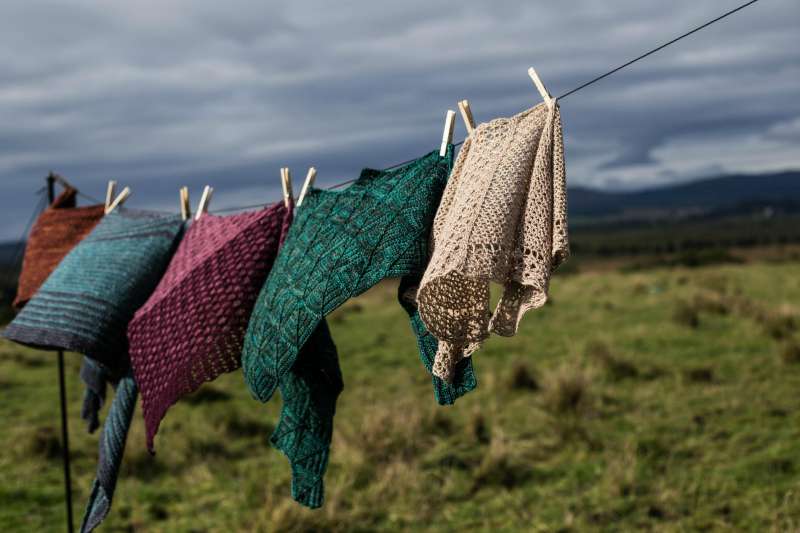
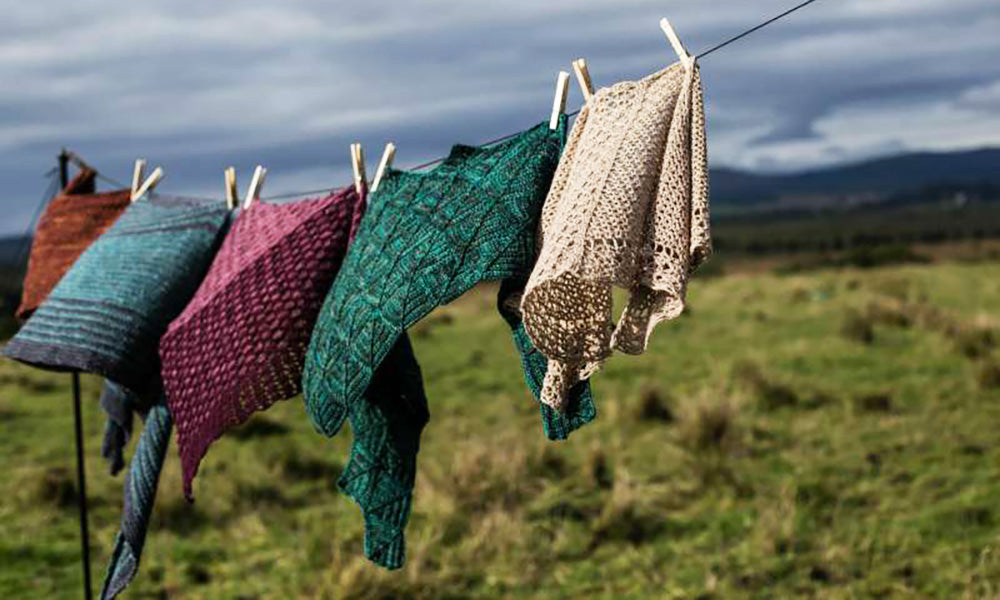
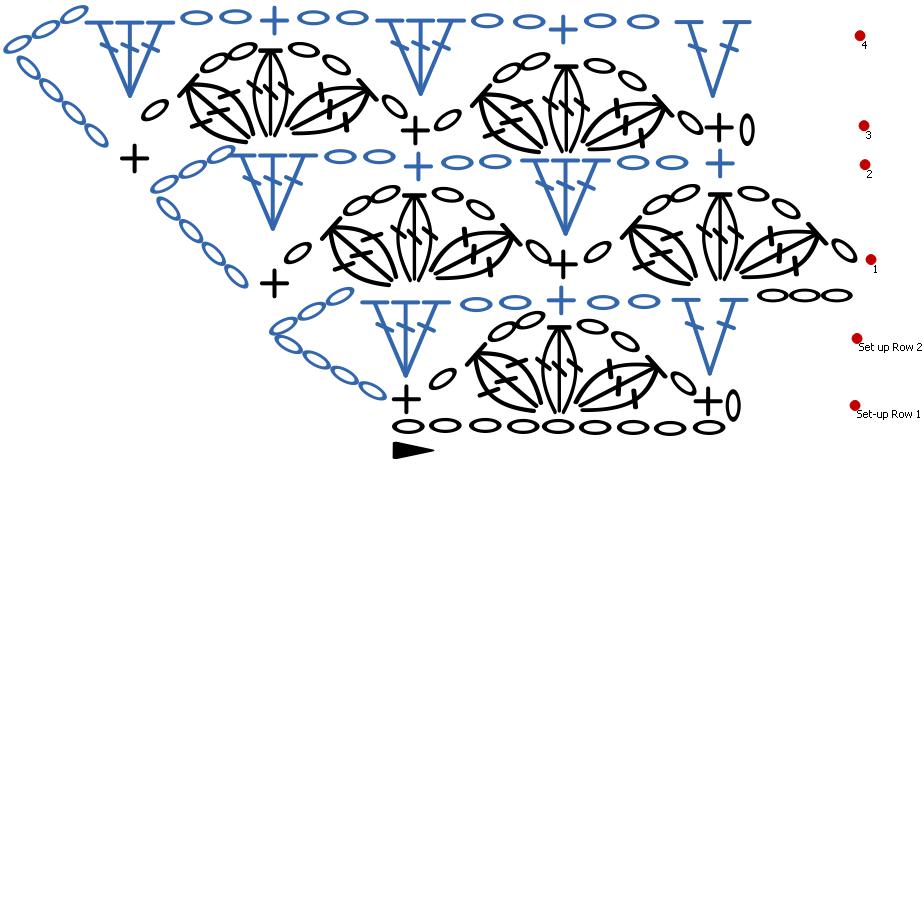
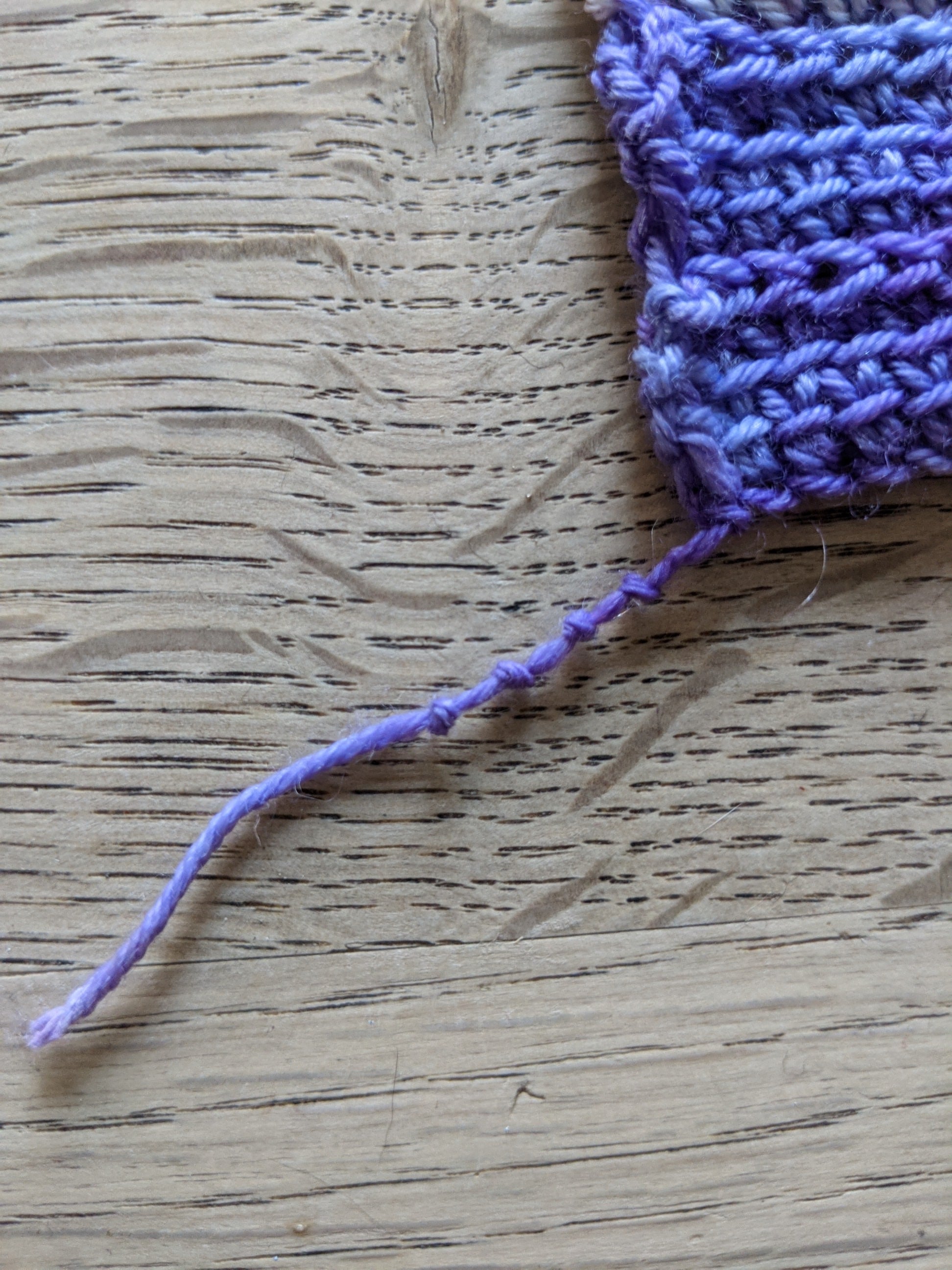
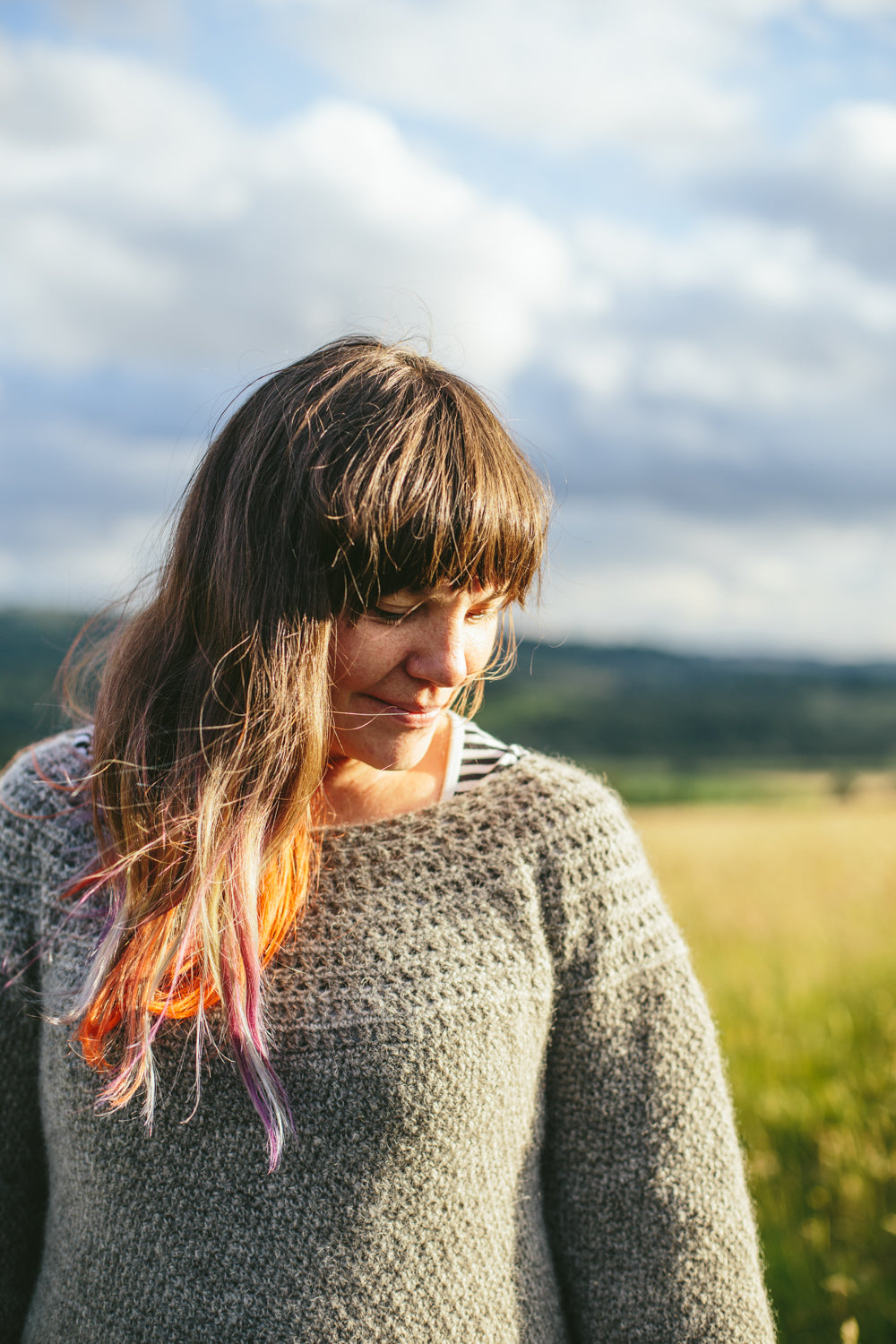
Leave a comment
All comments are moderated before being published.
This site is protected by hCaptcha and the hCaptcha Privacy Policy and Terms of Service apply.